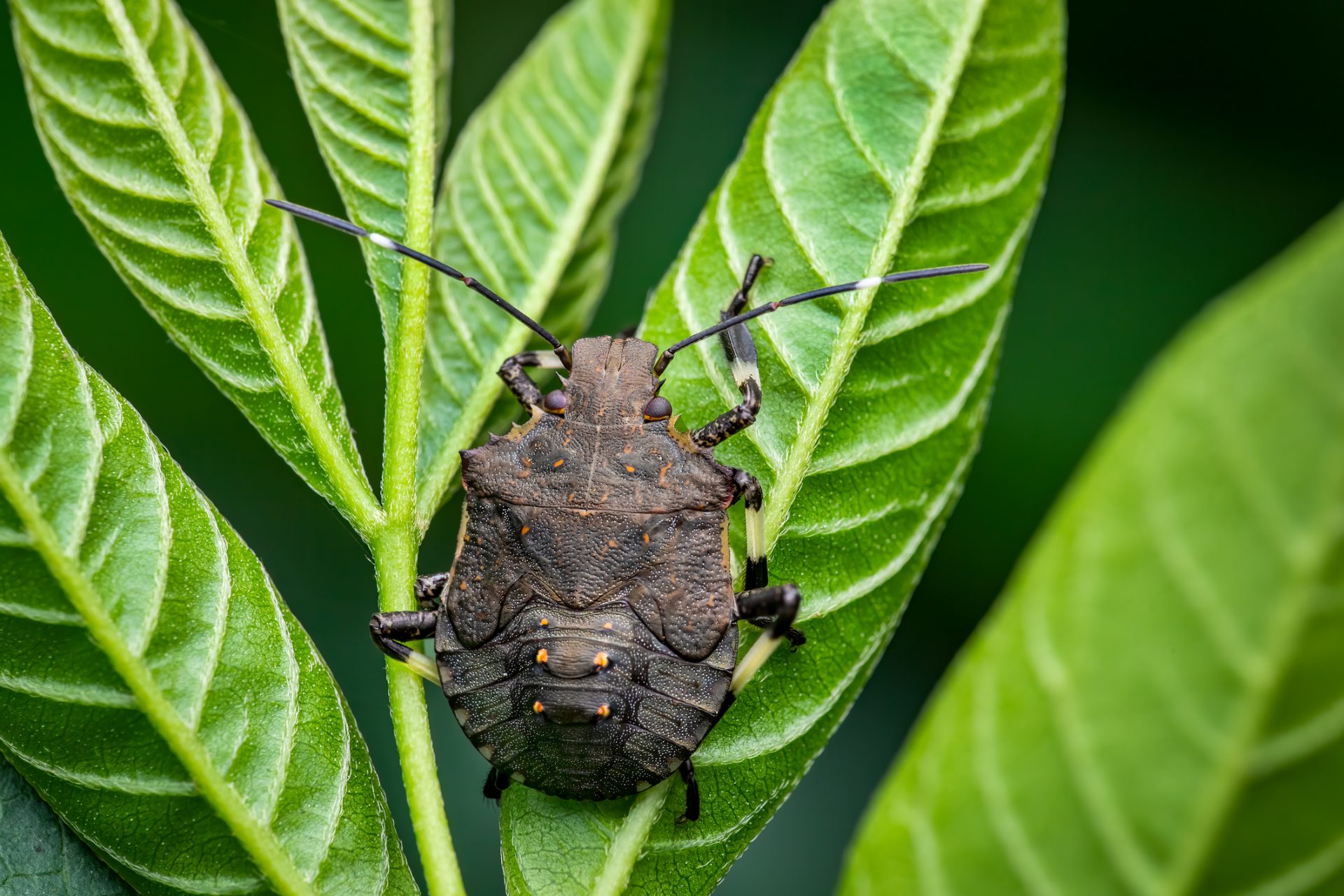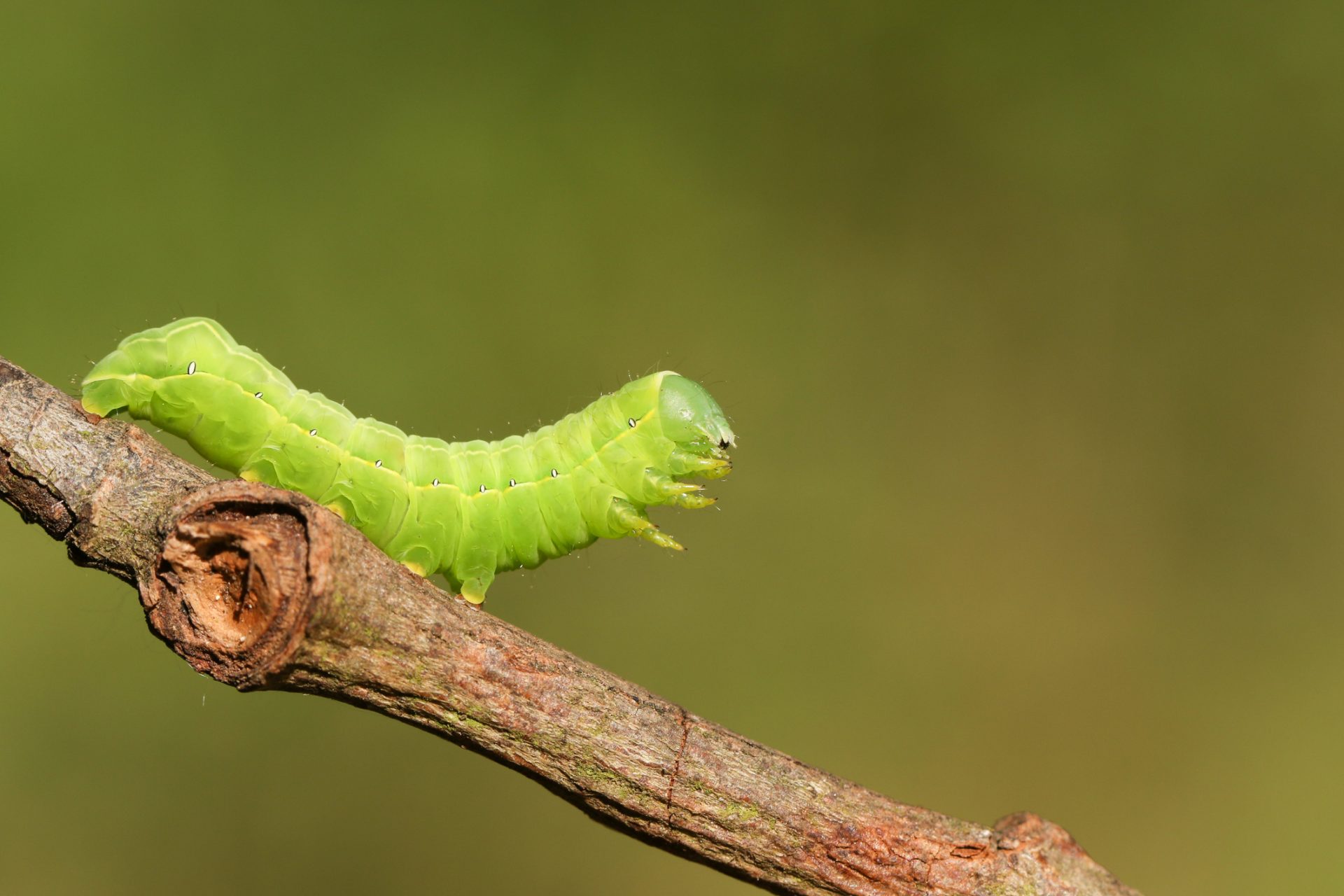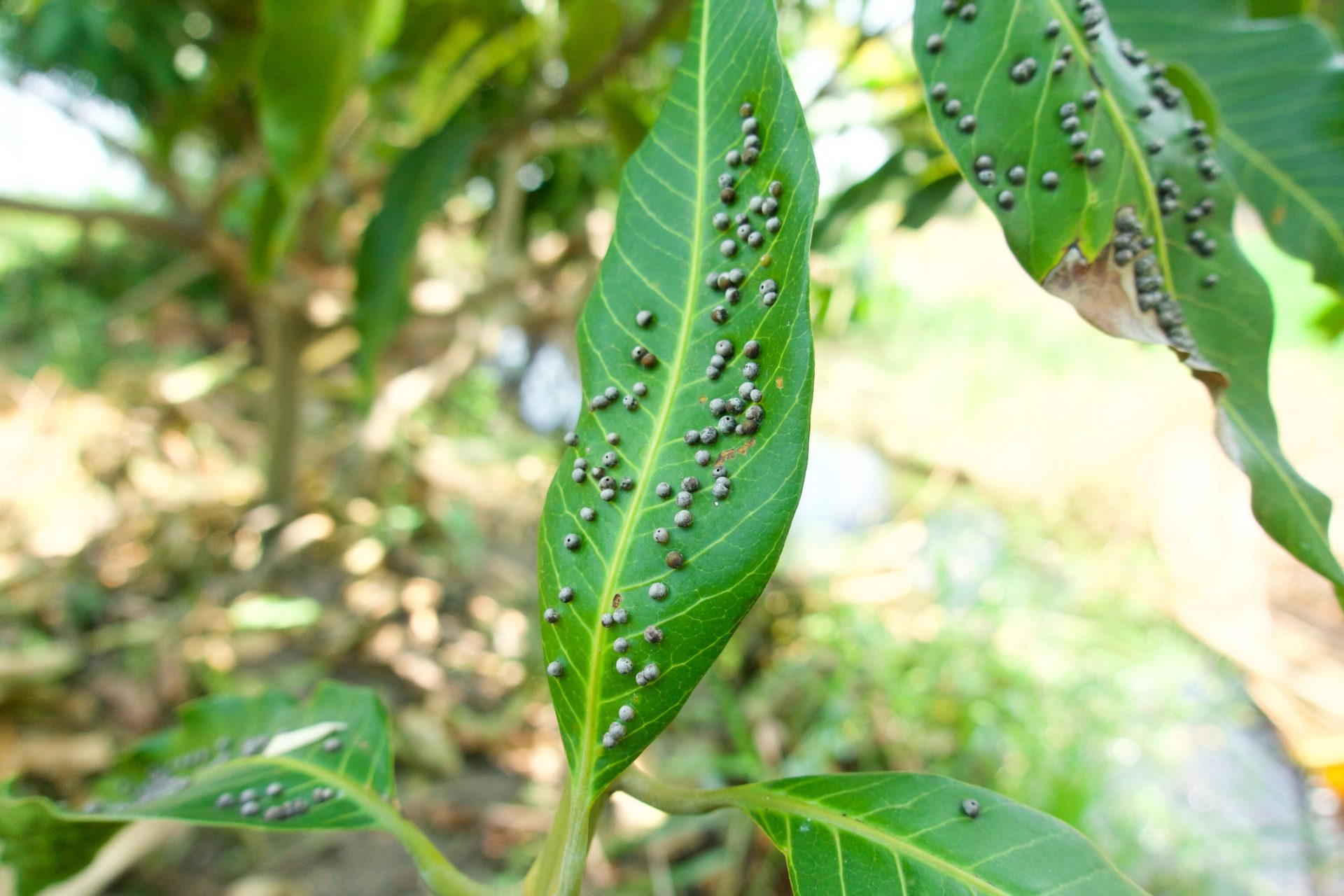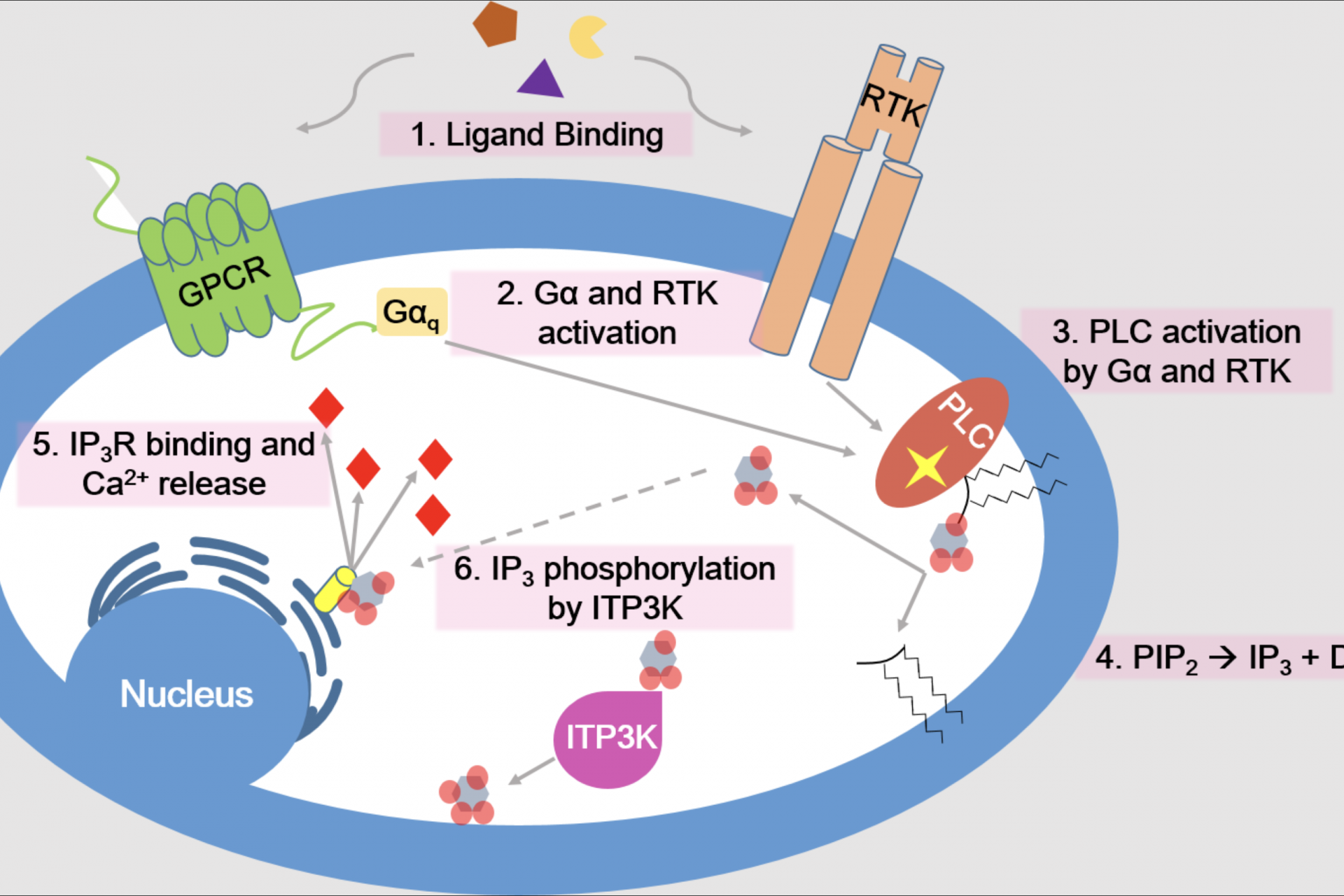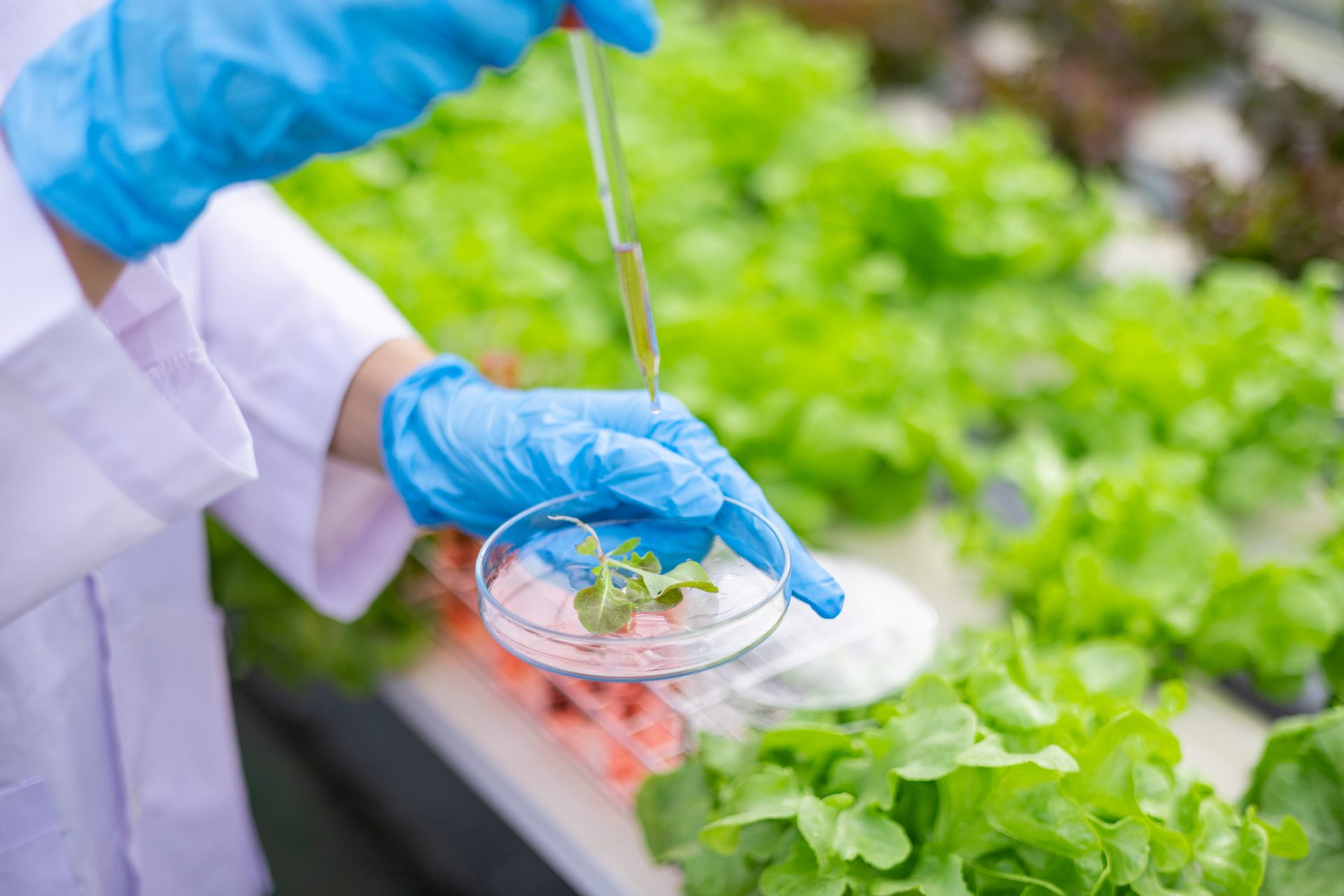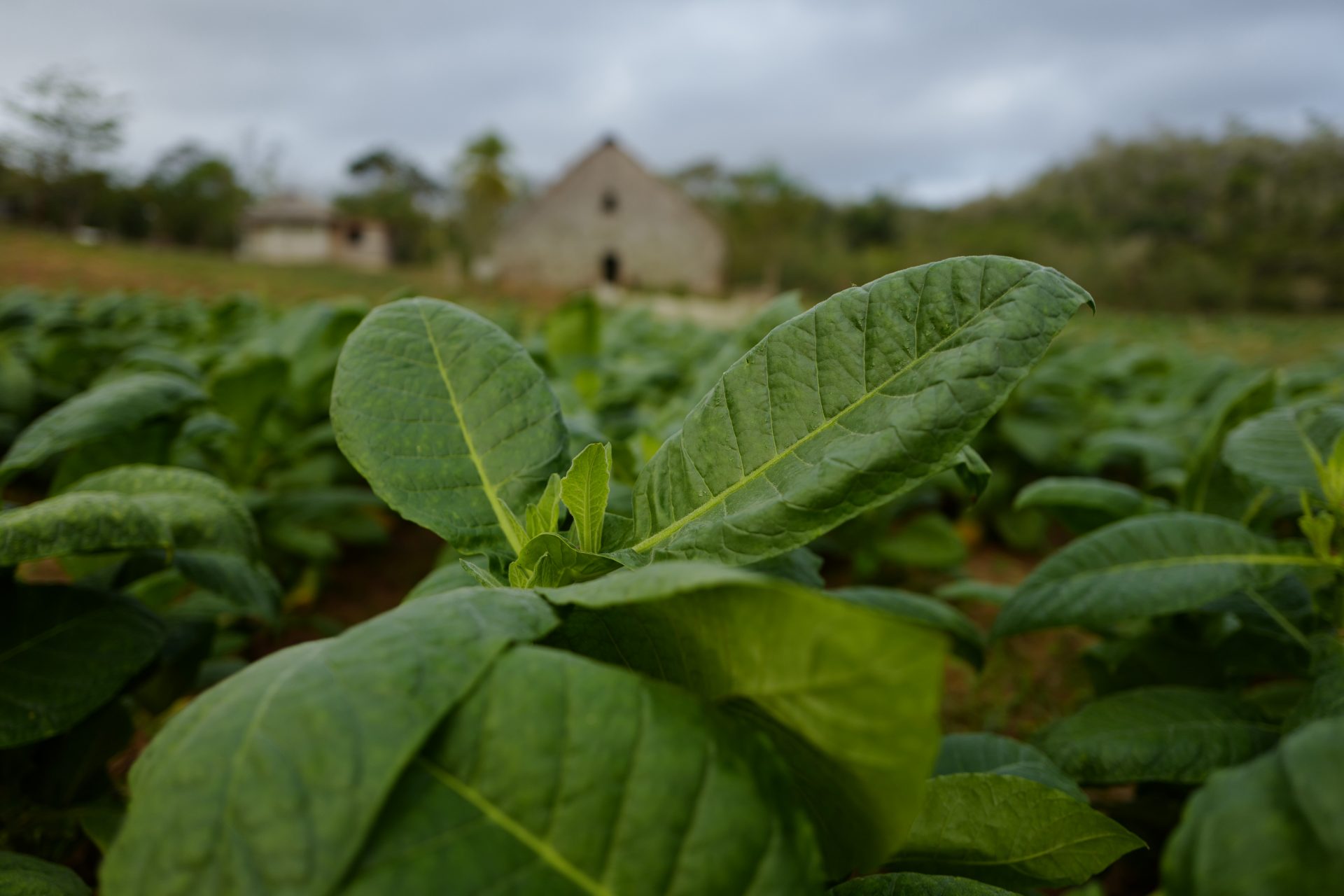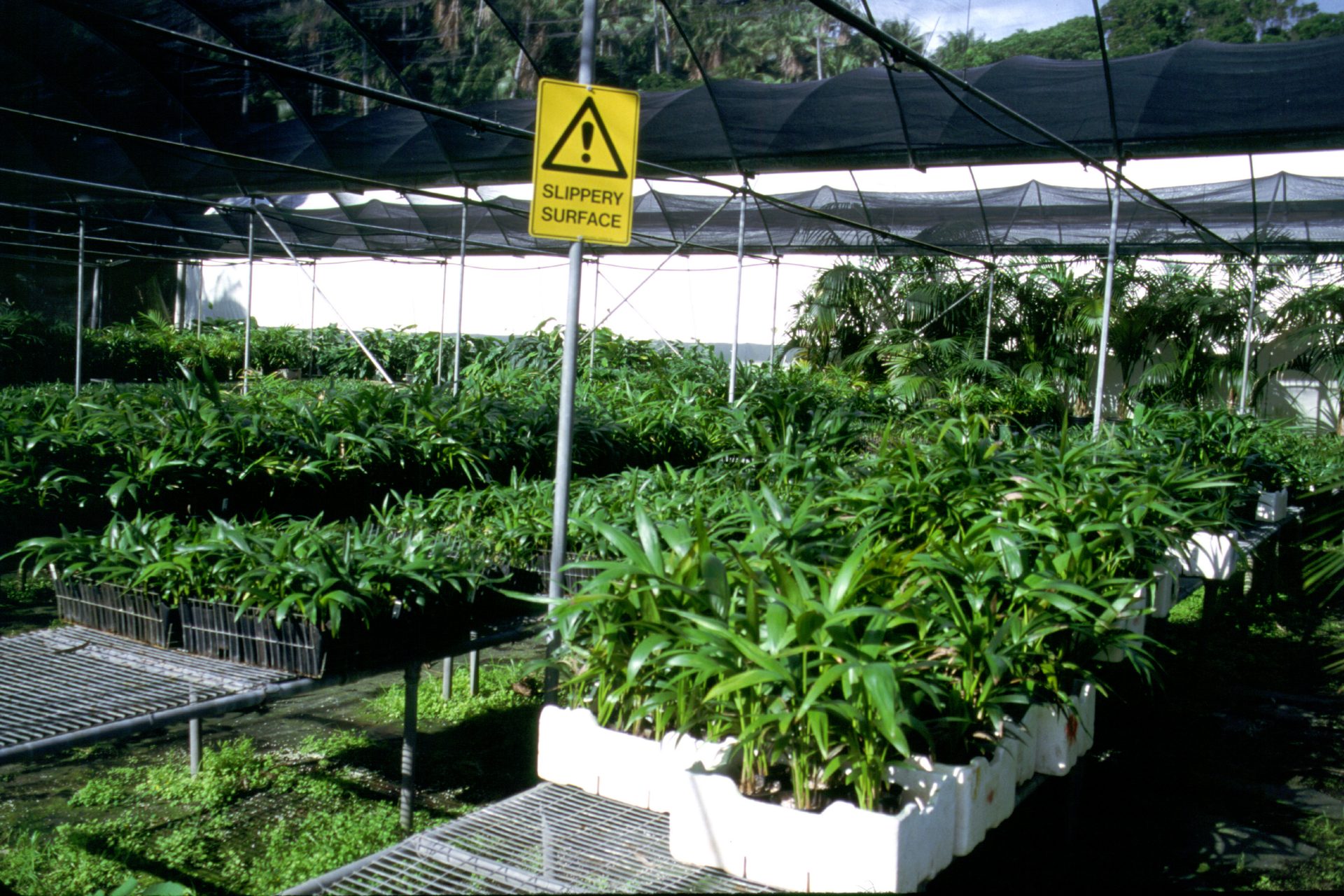New study reveals how plants warn each other about nearby danger
It might sound like something right out of a medieval fairytale, but plants really can warn each other about danger, and a new study has revealed exactly what happens to plants when there is a signal that something isn’t right.
Published in the journal Nature Communication, the study’s authors revealed that plants emit what they called volatile organic compounds into the air when they are attacked by insects or when they're damaged.
Once these volatile organic compounds are released by one plant, they act as a kind of signal for neighboring plants and it prompts them to raise their defense against possible dangers in the area, like an insect attack.
A press release on the new research noted that the phenomenon of plant communication is not something new. Researchers first documented airborne signaling between plants in 1983 and it has been seen in 30 species.
Photo by Lukasz Szmigiel on Unsplash
However, the molecular mechanism that underlies the phenomenon has yet to be found and it is not clear how or why the release of volatile organic compounds provokes plants close by to activate defensive responses.
However, this new study has provided helpful insight into the process of plant defensive communication by visualizing how the function unfolds through an ingenious experiment that captured a plant's defensive responses to warning messages.
Photo by Jan Huber on Unsplash
Saitama University professor and study team lead Masatsugu Toyota explained how he and his research team were able to make equipment that allowed them to pump volatile organic compounds onto undamaged plants.
Photo Credit: Japanese Science and Technology Agency
The researchers then combined their pump with a real-time fluorescent imaging system that allowed them to capture bursts of fluorescence spreading throughout the plant they exposed to the signals of an attacked plant.
“We have finally unveiled the intricate story of when, where, and how plants respond to airborne 'warning messages' from their threatened neighbors,” the press release of the new research quoted Toyota as explaining.
“This ethereal communication network, hidden from our view, plays a pivotal role in safeguarding neighboring plants from imminent threats in a timely manner,” Toyota added. But how were the researchers able to see their experiment working?
The science can get very complicated but it’s important to understand that plants, like most living organisms, use calcium for intercellular signaling. Toyota’s team genetically engineered their subject plant's calcium ions to be florescent when activated inside its cells according to The Washington Post.
Photo Credit: Wiki Commons by Claire Cato
This is how Toyota and his team were able to capture the changes that took place in an undamaged mustard plant as they pumped volatile organic compounds onto the plant in order to signal there was danger in the area.
Toyota explained that this new research has allowed his team to “visualize plant-to-plant communication” according to The Washington Post, and this finding could open a whole new world of exploration for researchers.
“We can probably hijack this system to inform the entire plant to activate different stress responses against a future threat or environmental threats, such as drought,” explained Toyota. But that wasn’t all that Toyota’s team discovered.
Using a variety of different volatile organic compounds, Toyota and his team were able to identify a variety of defensive responses among plants—which deepened humanity’s understanding of how this process works.
If a "plant can mount an adaptive response … this is the definition of intelligence,” Cornell University plant ecologist André Kessler told The Washington Post's Kasha Patel about plants in general.
“If you understand these kinds of things and how plants do it, it gets you onto a level that questions how we understand the world,” Kessler added.
More for you
Top Stories




